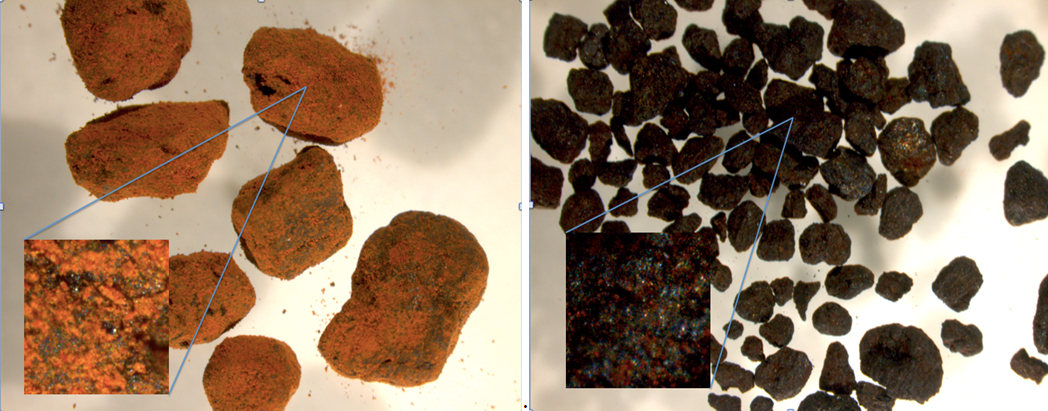Fundamental regularities in the synthesis of multifunctional water treatment reagents by chemical activation of alumina waste
A new theory of targeted activation of waste ("red muds") of alumina production has been created, and multifunctional water treatment reagents with a specified structure and clearly defined coagulation, sorption and biosorption properties have been obtained in the processes of removing inorganic and organic substances of various types and origin (heavy metals, dyes, active substances) from contaminated water.
A new method for obtaining effective composite water treatment reagents with an activated and developed surface is proposed, with prescribed new sorption and coagulation functional properties with simultaneous directed action on pollutants of aqueous media.
The regularities of the influence of the activation conditions of the "red mud" on the physicomechanical and physico-chemical characteristics of the sorption structure of the obtained reagents are revealed.
A mechanism has been established for the formation of active centers on the surface of activated waste of alumina production in Ukraine, as well as the composition and structure of new composite water treatment reagents obtained on the basis of waste recycling.
The main regularities of using the obtained reagents in the technology of water purification from inorganic and organic substances of various types and origin and the operating characteristics of the reagents obtained during water purification are determined.
Experimental studies of the effectiveness of the use of synthesized reactants in the processes of cleaning water bodies with different levels and composition of pollutants have been carried out. It has been established that inorganic (heavy metal ions), natural and technogenic organic compounds are isolated and trapped respectively by 95% and 98%. On the basis of the conducted studies, technological recommendations for obtaining and using synthesized sorbents-coagulants have been developed.

| Attachment | Size |
|---|---|
| 136.33 KB |




